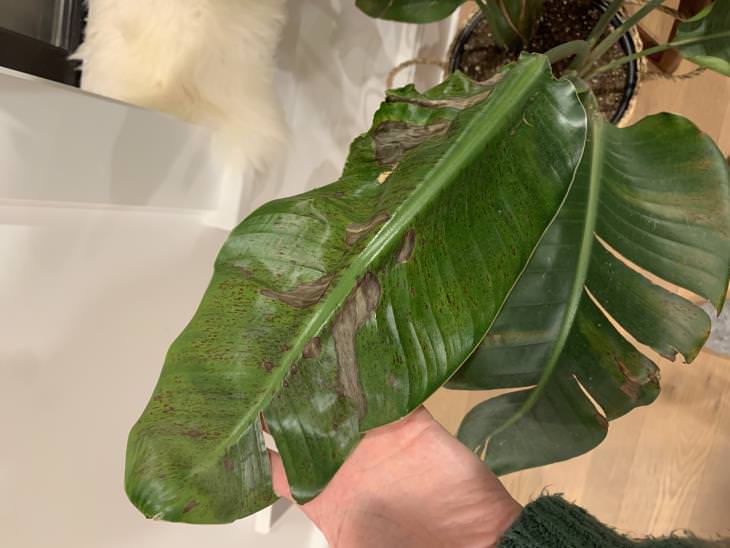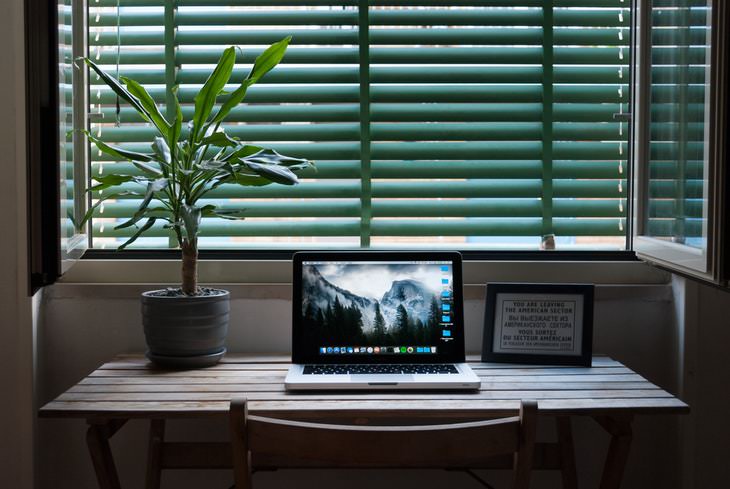
Why are my houseplants dying in the winter? This is such a common concern among both beginner houseplant lovers and seasoned plant enthusiasts. But before you think that it’s all your fault and get discouraged, understand that climatic conditions make a huge difference in your plants’ health and appearance. After all, your plants feed on light and often require specific levels of humidity, and both of those parameters drop dramatically during the winter months.
Therefore, if your plants are struggling in the winter, it’s probably due to a lack of humidity, drops in temperature, and lower levels of sun exposure. But how do you know which one’s to blame for your dying plant? In many cases, your plant will tell you. In this article, we review a variety of plant problems typical for the winter and get to the root causes of these problems.
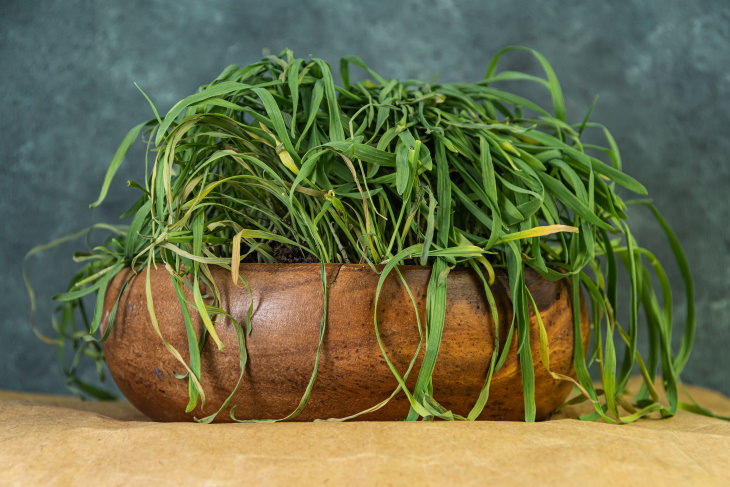
Cold weather shock is more common in outdoor plants, but it does occasionally also happen to houseplants, especially those that are located in unheated rooms, close to a door, or near a drafty window. This is because many of the houseplants we keep at home have tropical origins and cannot withstand temperatures below 50-60°F (10-15°C).
The symptoms of cold-shocked plants are rather easy to detect. Look for drooping leaves and discoloration near the veins of the leaves. The spots can be white, red, or straw-colored. These leaves are permanently damaged and may eventually fall off the plant.
To bring the plant back to life, move it to an area without drafts or just a warmer room for the winter. If the plant’s leaves are touching a window, move it away slightly to protect it from the frost. Lastly, watering your plant with water that’s too cold can also make the leaves droop. If you suspect that this is the case, switch to room-temperature water.
Related Article: Should You Put Plants on the Windowsill in the Winter?
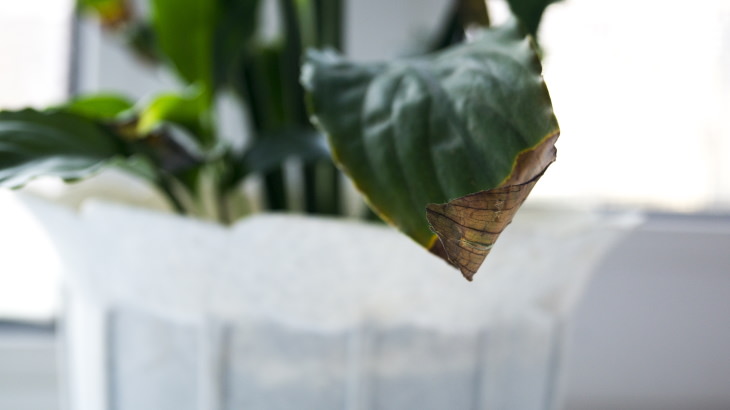
As we use heaters or cozy up near a fireplace to keep ourselves warm, we rarely think of the way all this extra heat could influence our plants. But it does. All that excess heat can dry out the air in your home, giving your plants brown leaf tips or crunchy yellow leaves. Tropical plants are more sensitive to low humidity.
If any of the plants with crunchy or brown leaves are located near a heater, fireplace, or air conditioner, moving them to an area that doesn’t get blasted with hot air can help tremendously. A daily spritz of water with a sprayer bottle can help remedy this issue as well. Some plant owners even like to give their plants an occasional “shower” in the winter by collecting a bunch of plants in the shower or bathtub and spraying the leaves with plenty of water.
Related Article: Why Are Your Indoor Plant’s Leaves Turning Brown?

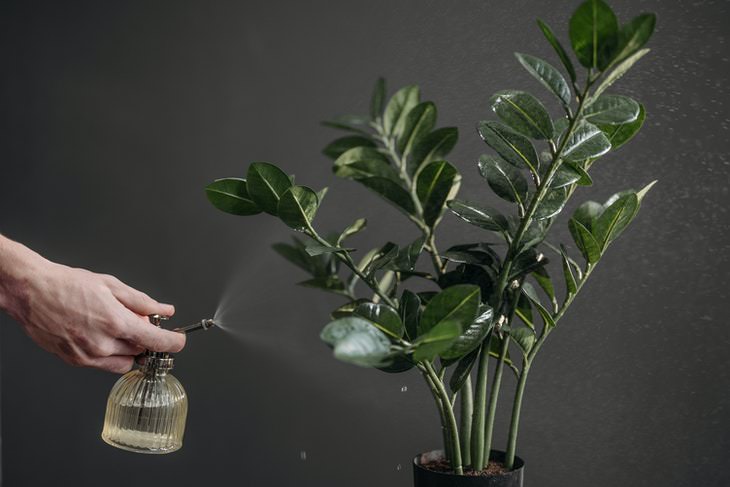
Dust, winter heating, and dry air make pests go out of hiding. Pests like spider mites, mealybugs, and scale can all come out of dormancy or even migrate indoors in the wintertime. These insects love the warm and dry indoor air and have a higher chance of killing your plants during the cold months, as many plants tend to go dormant and stop growing during the winter.
How do you prevent both dust buildup and pest infestations? Start by removing dead and diseased leaves from your plants, then take a damp cloth and simply clean each leaf, removing any dust and grime. For an added anti-pest boost, you can add neem oil to the water you use to clean the leaves. Neem oil is a natural pest killer and repellant. The recommended neem oil to water ratio is 1-2 tablespoons to 1 gallon (4.5 liters) of water. Clean the foliage monthly.
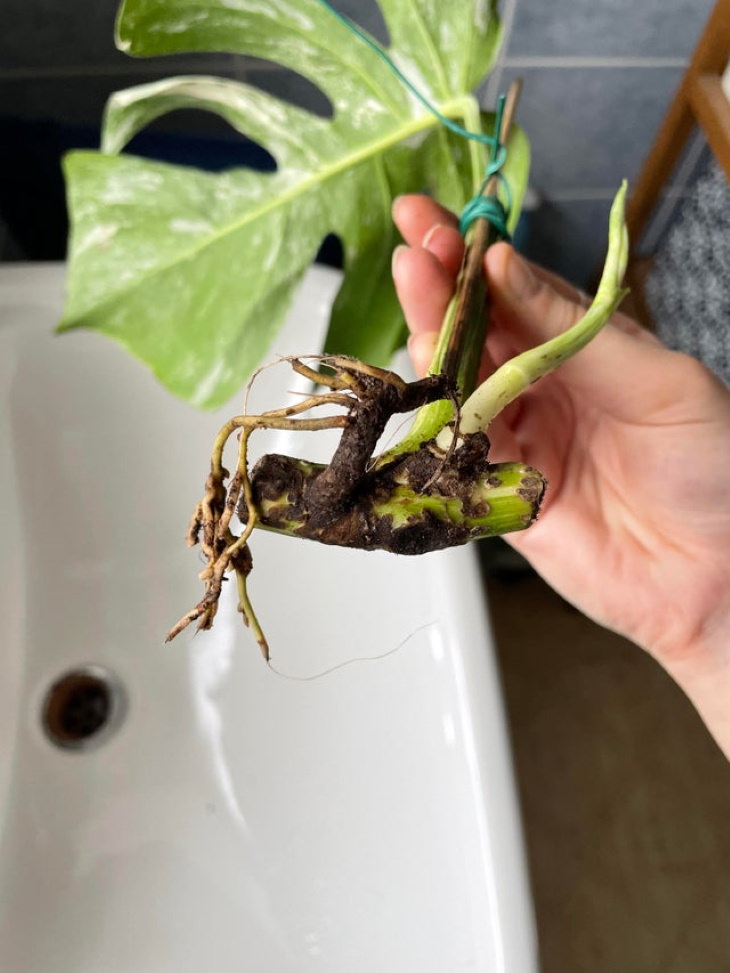
Did you notice that your plant started losing leaves, but they look and feel mushy to the touch and not dry? Or maybe you noticed an unpleasant smell coming from the soil. Both of these are signs of overwatering - the number one houseplant issue in the winter. As the amount of sunlight drops every day, your plants will either slow down or stop growing altogether. For this reason, they will need fewer nutrients and less water than they did in the warmer months.
If you overwater your plants, they will become waterlogged and more prone to develop root rot, fungal infections, and mold. Black spots on the leaves, roots that are black, brown, or mushy to the touch, fungi or mold growing in the soil are all signs of an infection. Our article titled How to Identify and Manage 10 Common Plant Diseases can help you save a houseplant affected by root rot or another infection.
Most experts say that you need to reduce the watering frequency by half in the winter, so if you were watering your plant once a week, you now only need to do it once every 2 weeks. That being said, your plant’s soil is the most reliable measure. Since 95% of houseplants prefer for the soil to dry out in-between watering, just wait for the top of the soil to get completely dry before giving your plant a drink. Test this by sticking your finger into the soil until the first knuckle. If the soil is dry, it’s time to water your plant. Also, make sure that the planter has adequate drainage, and don’t let water collect in the dish to prevent waterlogging.
